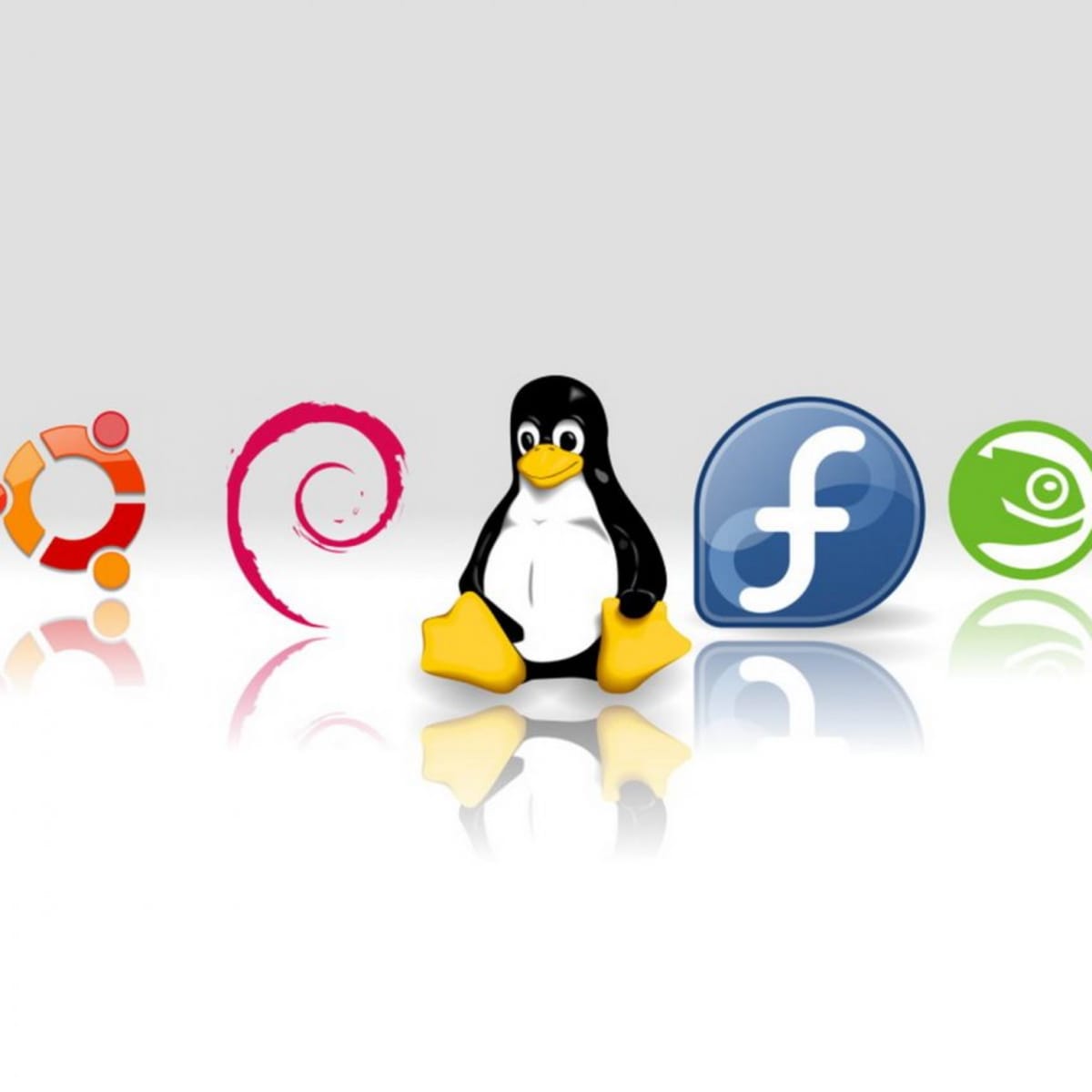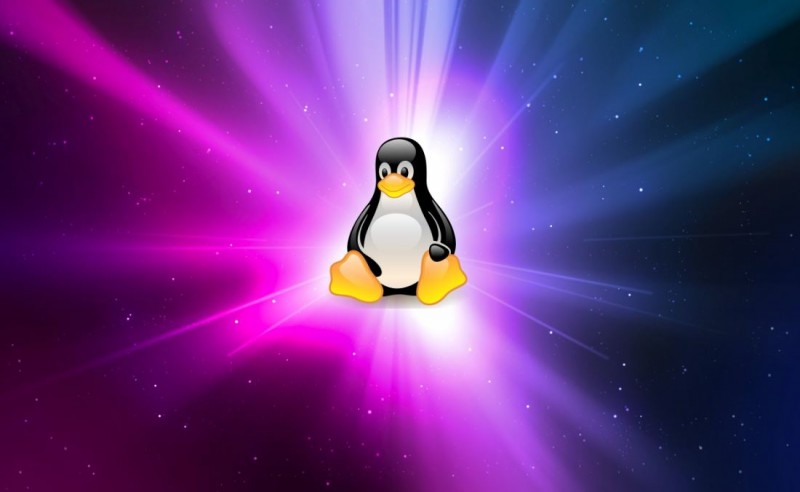Linux is a powerful and versatile operating system that has gained immense popularity over the years. Whether you’re a computer enthusiast, a developer, or just someone looking to explore the world of open-source software, Linux is an excellent choice. In this beginner’s guide, we’ll take you through the essentials of Linux, helping you embark on your journey into the world of open-source computing.
Chapter 1: What Is Linux?
Before we delve into the nitty-gritty of Linux, it’s important to understand what Linux is and how it differs from other operating systems. Linux is an open-source, Unix-like operating system kernel originally created by Linus Torvalds in 1991. An operating system kernel is the core component of an OS, responsible for managing hardware resources and enabling communication between software and hardware.
One of the key features of Linux is its open-source nature. This means that the source code of the Linux kernel and most of the software that runs on it is freely available for anyone to view, modify, and distribute. Unlike proprietary operating systems like Windows or macOS, Linux provides users with the freedom to customize and adapt their system to their needs.
Chapter 2: Choosing a Linux Distribution
One of the first decisions you’ll encounter as a beginner is selecting a Linux distribution, often referred to as a distro. Linux distributions are variations of the Linux operating system that include the Linux kernel, system utilities, and a package manager to install and manage software. There are numerous Linux distributions to choose from, each with its own unique characteristics and goals.
Some popular Linux distributions for beginners include:
Ubuntu: Known for its user-friendly interface and extensive community support, Ubuntu is an excellent choice for newcomers to Linux.
Linux Mint: Based on Ubuntu, Linux Mint provides a polished desktop environment and a range of pre-installed software.
Fedora: Fedora is known for its commitment to the latest open-source software and cutting-edge technologies.
Debian: Debian is known for its stability and is often the foundation for other distributions like Ubuntu.
Choose a distribution that aligns with your needs, and remember that you can always try out different distributions to see which one suits you best.
Chapter 3: Installing Linux
Once you’ve chosen a Linux distribution, it’s time to install it on your computer. This can be done in several ways, depending on your preferences and the hardware you’re using. Here are some common installation methods:
Dual Boot: If you want to keep your existing operating system, you can set up a dual-boot configuration, allowing you to choose between Linux and your current OS when you start your computer.
Virtual Machine: You can install Linux on a virtual machine using software like VirtualBox or VMware. This is a great way to experiment with Linux without affecting your primary OS.
Dedicated Installation: If you’re ready to make Linux your primary operating system, you can install it directly on your computer. Most Linux distributions provide user-friendly installation processes that guide you through the setup.
Chapter 4: Navigating the Linux Desktop
Once you’ve successfully installed Linux, it’s time to explore the desktop environment. The desktop environment is the graphical user interface (GUI) that allows you to interact with your Linux system. Some popular desktop environments for Linux include:
GNOME: Known for its clean and modern design, GNOME is the default desktop environment for many distributions, including Ubuntu.
KDE: KDE offers a highly customizable and feature-rich desktop experience. It’s the default for distributions like openSUSE and KDE neon.
Xfce: Xfce is a lightweight and fast desktop environment, making it a great choice for older hardware or users who prefer a simple interface.
Cinnamon: If you’re using Linux Mint, you’ll be working with the Cinnamon desktop, known for its familiarity and ease of use.
Exploring your desktop environment and understanding how to navigate it is essential for your Linux journey. You’ll discover menus, panels, file managers, and more, just like in other operating systems.
Chapter 5: The Terminal: Your Command Line Interface
One of the distinctive features of Linux is its command line interface (CLI), often referred to as the terminal. While the GUI is excellent for many tasks, the terminal provides a powerful way to interact with your system. It allows you to execute commands, perform system maintenance, and install software with precision.
Some essential terminal commands for beginners include:
ls: List files and directories in the current directory.
cd: Change the current directory.
mkdir: Create a new directory.
touch: Create a new empty file.
sudo: Execute a command as a superuser, granting you administrative privileges.
Learning the basics of the terminal is a significant step in becoming proficient with Linux. Don’t be intimidated; it’s a skill that improves with practice.
Chapter 6: Package Management
Linux distributions use package managers to install, update, and manage software. The package manager handles dependencies and ensures that software installations are clean and efficient. Understanding package management is crucial for maintaining your Linux system.
Common package managers include:
APT: Used in Debian-based distributions like Ubuntu.
YUM/DNF: Commonly found in Red Hat-based distributions like Fedora.
Pacman: The package manager for Arch Linux.
You can use package managers to install new software, update your system, and remove unwanted applications. The package manager simplifies these tasks, making it easier to keep your system secure and up to date.
Chapter 7: Software Installation and Repositories
Linux provides a vast repository of software applications, all available at your fingertips. Repositories are collections of software packages maintained by the distribution’s community. Here’s how you can install software on Linux:
Using the Command Line: Most package managers allow you to search and install software directly from the terminal. For example, to install Firefox, you would run sudo apt install firefox on Ubuntu.
Graphical Software Center: Many Linux distributions include a user-friendly software center where you can browse and install software with a few clicks.
Download and Install: Sometimes, you may need to download software from the internet and install it manually. Be cautious and only download software from trusted sources to maintain security.
Chapter 8: File System Hierarchy
Understanding the Linux file system hierarchy is crucial for efficient navigation and system maintenance. In Linux, everything is treated as a file, and the file system is organized in a hierarchical structure. Here are some key directories:
/: The root directory contains all other directories and files on your system.
/home: This is where user home directories are located, each with its own files and settings.
/etc: Configuration files for the system and installed software reside here.
/var: Variable data, including logs, mail, and databases, is stored in this directory.
/usr: This directory contains user commands, libraries, and data used by various programs.
/bin and /sbin: Essential system binaries and administration commands are stored here.
Understanding these directories will help you navigate your system and manage your files more efficiently.
Chapter 9: User Accounts and Permissions
In Linux, user accounts and permissions are vital for system security. Every user on a Linux system has their own account with specific permissions, and you can manage access to files and directories with precision. Common commands for managing users and permissions include:
useradd: Create a new user account.
passwd: Change a user’s password.
chown: Change the owner of a file or directory.
chmod: Modify file permissions.
Learning to manage user accounts and permissions is essential for keeping your system secure and organized.
Chapter 10: System Updates and Maintenance
Regularly updating your Linux system is essential to keep it secure and up to date. Most distributions provide tools and utilities to make this process easy. Here’s how you can keep your system in top shape:
Update: Use your package manager to update your system and installed software regularly.
Scheduled Tasks: Set up automated tasks to perform system maintenance, such as cleaning temporary files and creating backups.
Backup: Always maintain backups of your important data to avoid data loss in case of system failures.
Chapter 11: Troubleshooting and Resources
As a beginner, you may encounter issues while using Linux. Don’t be discouraged; there’s a vast community and numerous resources available to help you. When you face problems:
Online Forums: Websites like Ask Ubuntu, Stack Overflow, and Linux Questions are great places to ask for help and find solutions to common issues.
Documentation: Most Linux distributions have extensive documentation and manuals to guide you through troubleshooting and configuration.
Community Support: Joining the Linux community and participating in forums or mailing lists can be an excellent way to connect with experienced Linux users and receive assistance.
Chapter 12: Advancing Your Linux Skills
After you’ve gained confidence with the basics of Linux, there are numerous directions you can take your skills. Some advanced topics to explore include:
Shell Scripting: Learn to automate tasks by writing shell scripts.
Server Administration: Discover how to set up and manage servers using Linux.
Virtualization and Containers: Explore virtual machines and container technologies like Docker.
Security: Dive into Linux security to protect your system and network.
Remember, Linux is a vast ecosystem with endless possibilities. Your journey as a Linux user can be as simple or as complex as you want it to be.
Conclusion
This beginner’s guide has provided you with the foundational knowledge to start your Linux journey. Linux offers endless opportunities for customization, exploration, and learning. As you become more comfortable with the Linux environment, you’ll find that it empowers you to take control of your computing experience and become part of a vibrant open-source community.
Whether you’re using Linux for personal computing, development, or server administration, the skills you gain along the way will be invaluable. Embrace the open-source philosophy, and enjoy the freedom and creativity that Linux offers. Your Linux adventure has just begun, and there’s a world of possibilities waiting for you to explore.




